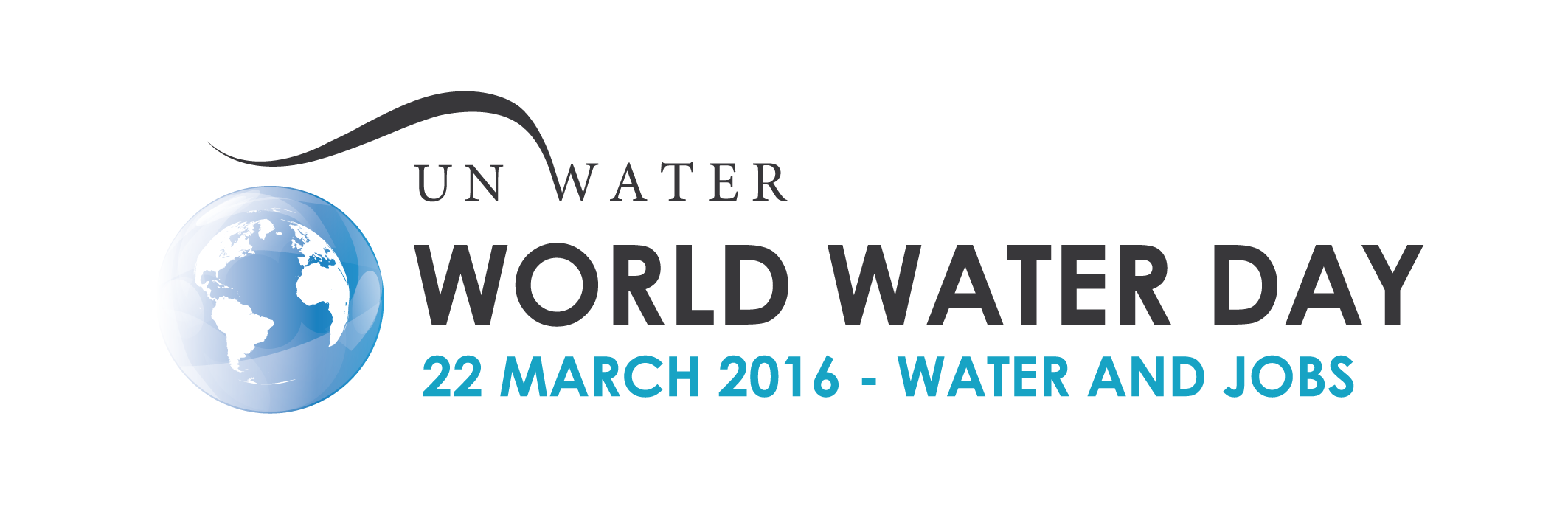World Water Day - Blog: 'Why investing in natural water infrastructure will pay off'
By Renat Heuberger, CEO of the South Pole Group, and Mark Smith, Director of the IUCN Global Water Programme. Why did a group of bankers and fund managers spend an afternoon in a Zurich café talking about nature? For opportunity and innovation
Nature is not the new Silicon Valley (let’s not kid ourselves), but it is attracting attention from finance professionals - and particularly their clients who are both nervous about future risks in an increasingly resource-constrained world, and motivated to drive positive change. For smart investors, new risks mean new opportunities, especially if they create lucrative new markets.
The advertising tagline of one banking giant crystallizes this new tipping point: “Should I invest in the world I’m in? Or the one I want?”
Everyone wants a world that is water-secure. Businesses and investors increasingly understand that this is not a given. IUCN and South Pole Group, with support from the Rockefeller Foundation, therefore convened the Zurich roundtable to ask: if the world you want is water-secure, what would it take to include nature in your investment portfolio?
“Water crisis” was a top global risk in the World Economic Forum’s 2016 Global Risks Report, the highest concern in the minds of global businesses for the decade to come. In 2015, with severe drought dominating the headlines in California and Brazil, it was ranked number 1 in terms of future impacts. Fittingly then, Goal 6 of the Sustainable Development Goals (SDGs), adopted in 2015, is dedicated to water, with ambitious targets aiming for improved access to drinking water and sanitation, better treatment of discharged wastewater, and the protection and restoration of water-related ecosystems.
Support for the SDGs will improve global water security and help appease investors’ worries on resource-scarcity. But we have only 15 years to deliver, the clock is ticking, and business as usual will not achieve SDG 6. It’s a trillion dollar agenda, and the financing needed isn’t going to come from the sources – mostly public – that we’re used to.
Financing for water needs innovation and private capital at large scale – and quickly. We asked the Zurich roundtable whether private financing for water could include investment in ‘natural infrastructure’ - the wetlands, forests, rivers, lakes and floodplains that store water, reduce flood risks and filter and recycle water. Ecosystems provide some of the same services as conventional, engineered water infrastructure. If capital markets finance dams, reservoirs and water treatment plants, can they also direct finance into natural infrastructure?
The opportunities could be huge: $925 billion, for instance, is spent annually on wetland-related tourism alone. There is great value and, recalling this year’s World Water Day theme, many good jobs to be created from investing in nature.
The view from Zurich was that financing natural infrastructure presents an opportunity to invest in “the world I want.” And it’s already happening. Companies are investing now in natural water infrastructure using innovative finance models to reduce risks in their supply chains: facing an increasingly serious risk of water shortage, Super Cerdo, a leading company in the Colombian pork industry, decided to act and reforest their watershed with the help of South Pole Group. By planting trees on degraded lands upstream close to one of their piggery facilities near Medellín City, the project reduces water risks and conserves natural vegetation.
There is also a vast flow of financing into water-related infrastructure globally – estimated to surpass $10 trillion by 2030. Why not build sustainability into these investments by helping engineered and natural infrastructure to work better together? Increasing investment by 1% would lower both financial and physical risks and mobilise $100 billion of finance for the conservation and restoration of wetlands and watersheds.
The Zurich roundtable cautioned that more innovation is required before there can be any large-scale investment in natural water infrastructure. They were clear that while there is no shortage of capital to invest, investors need a clear business case backed by better data and analysis of future revenue streams. Fund managers need help to build a reliable pipeline of investible projects and to aggregate projects into bundles with a volume of financing high enough to make investment worthwhile. They also need help assessing and managing investment risks, through for example blending public and private finance.
In Zurich, we concluded that innovation – alongside worries about risk – can inspire new markets for natural infrastructure financing. But, we need to bridge the gap between project developers and fund managers, between public and private finance, and between built infrastructure and its natural counterpart. A ‘natural infrastructure financing facility’ for water would be one such innovation: it could kick-start natural infrastructure investment by brokering deals between sustainability-minded investors and the companies, governments and communities who can best use new finance to conserve the wealth of nature in their wetlands and watersheds. A financing facility would help them to grasp the opportunity presented by natural infrastructure investments – and work towards the water-secure world they want.
Blog by Renat Heuberger, CEO of the South Pole Group, and Mark Smith, Director of the IUCN Global Water Programme
***
For more information, please contact water@iucn.org






